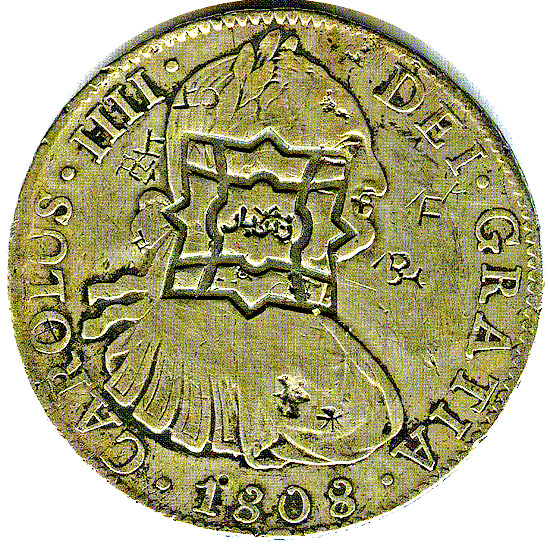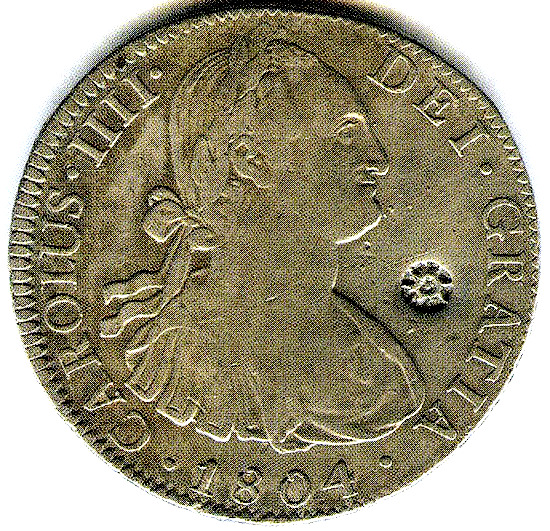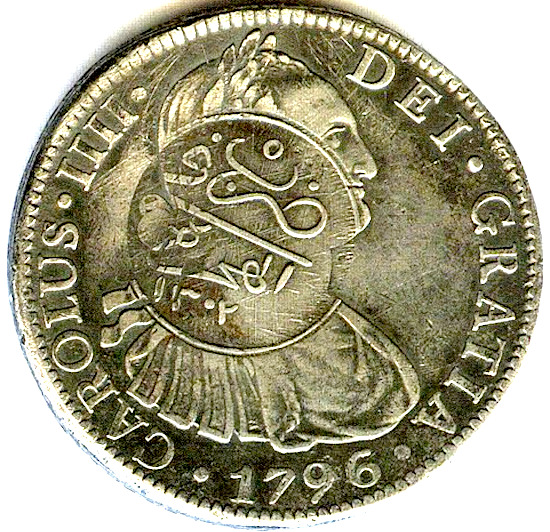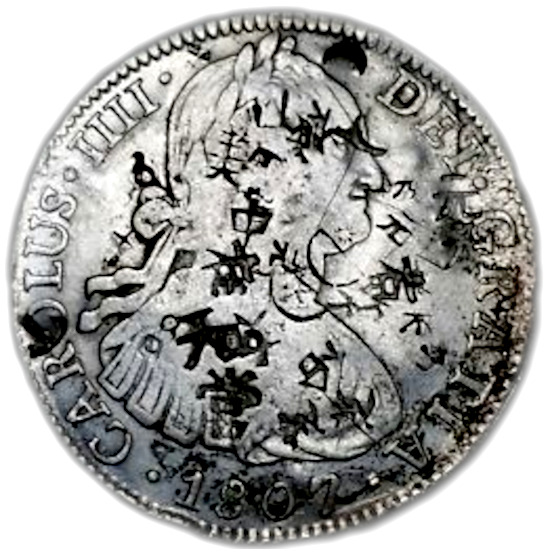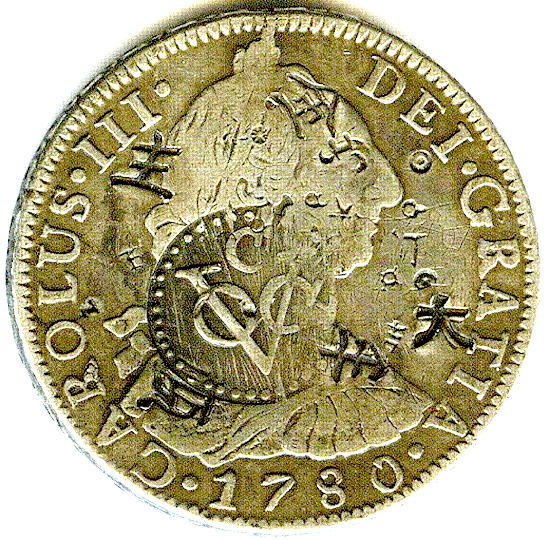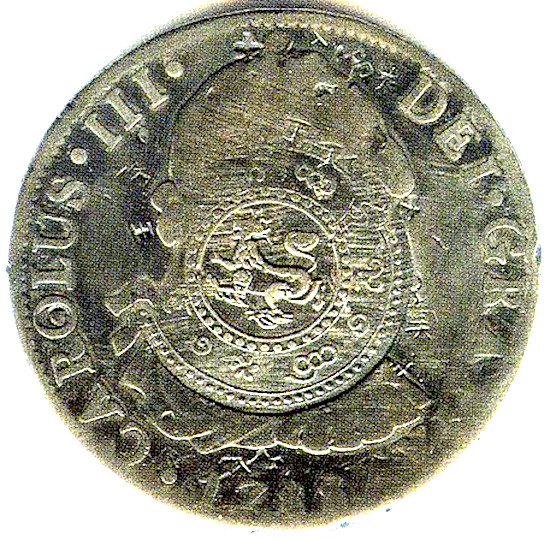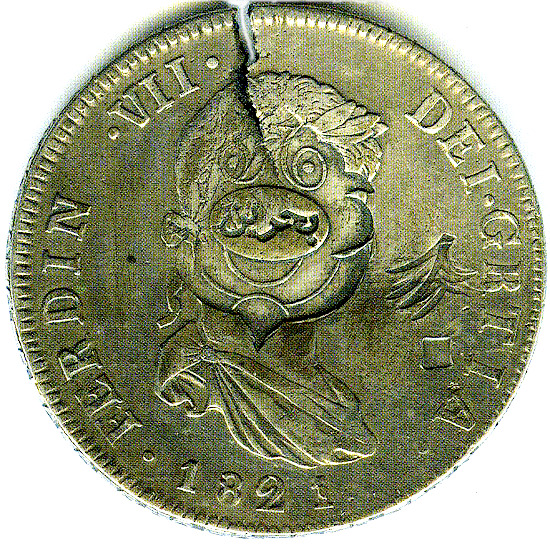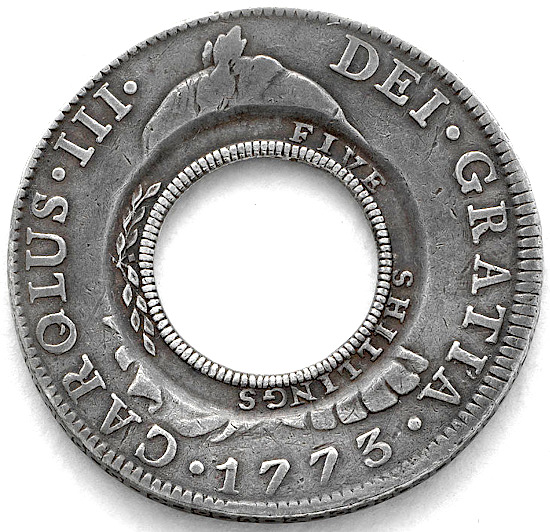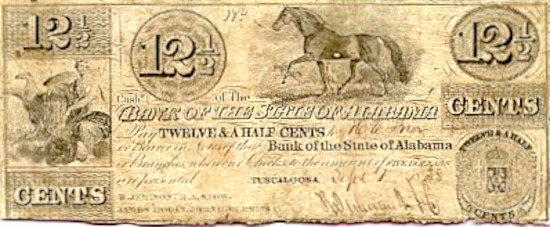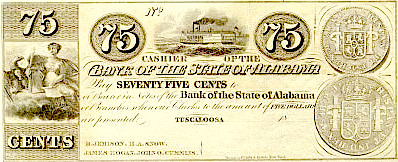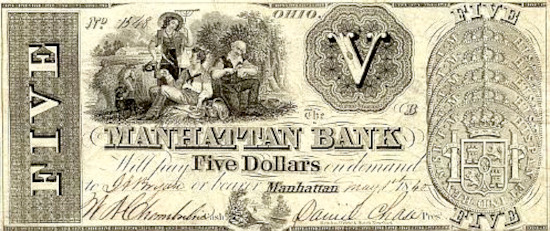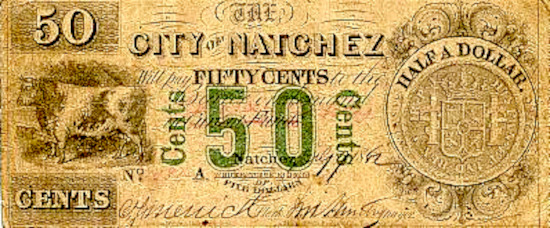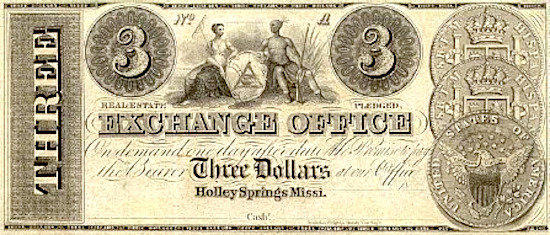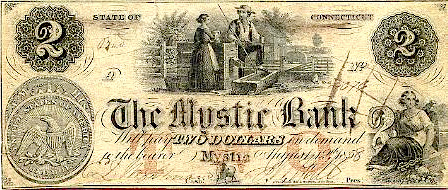History of the Real de a Ocho
Real de a Ocho
The Real de a Ocho, the World's first Reserve Currency
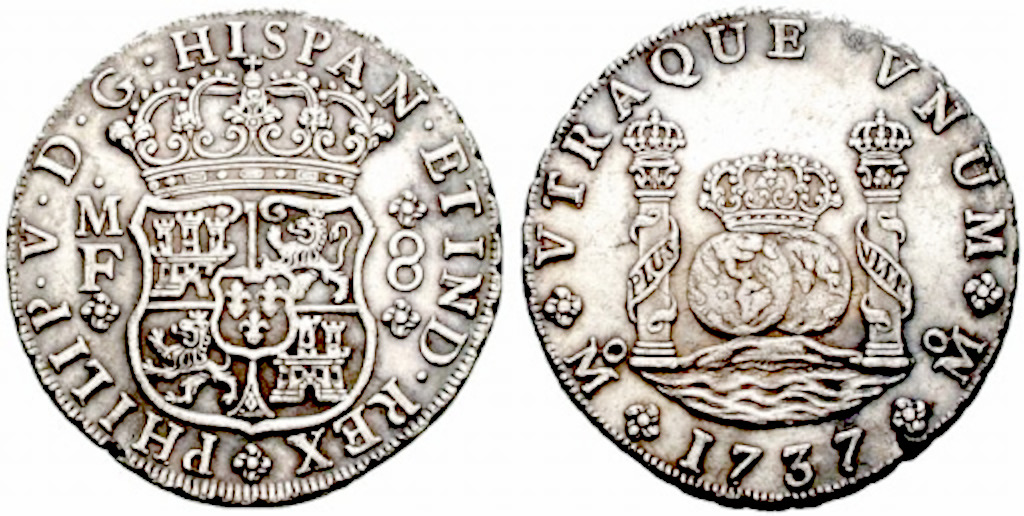
The Real de a Ocho began to be minted by the Spanish Empire in Ciudad de México for the first time in 1538, after the monetary reform of the Catholic Kings (Pragmática de Medina del Campo) with a weight of 27.468 grams and a purity of 0.93055%, which contained 25.560 grams of pure silver.
The coins had a value of eight reales (equivalent to 272 maravedís. 1 Real de a Ocho = 1 duro. 2 Reales de a Ocho = 1 escudo). The Real de a Ocho uses a duodecimal base adjusted to the weight standard of the Castilla Marco with a weight of 230 grams. Together with the ounce, it was part of the 16th century bimetallic system of the Spanish Monarchy, used by Charles I and spread globally by Philip II in all his domains.
The Real de a Ocho became a point of reference in world trade for more than 3 centuries, and in turn served as the basis for the coins circulating in other nations at the time. As an international currency, it financed the economic recovery of Western Europe, favoring the introduction of Mercantilism during the 16th century. The influence of the Real de a Ocho was so widespread that it is estimated that 32% of the world’s population today lives in countries with currencies named after, or originally created based on, the model of that single currency.
The currencies of the countries that became independent in the American continent, the Chinese Yuan, the Japanese Yen, and many others around the world, were initially based on the Real de a Ocho. This global acceptance was the origin of the symbol “$” that was used in accounting books around the world, imitating in a simplified way the columns and bands that are observed in the original Real de a Ocho coin.
Millions of Reales de un Ocho were minted over several centuries, which were widely used well into the 19th century. The coins were often stamped with foreign characters, so that they appeared to be legal tender in many countries around the world, as can be seen in the samples below:
Worthy of special mention are the United States banknotes that used the Real de a Ocho as a unit of value:



